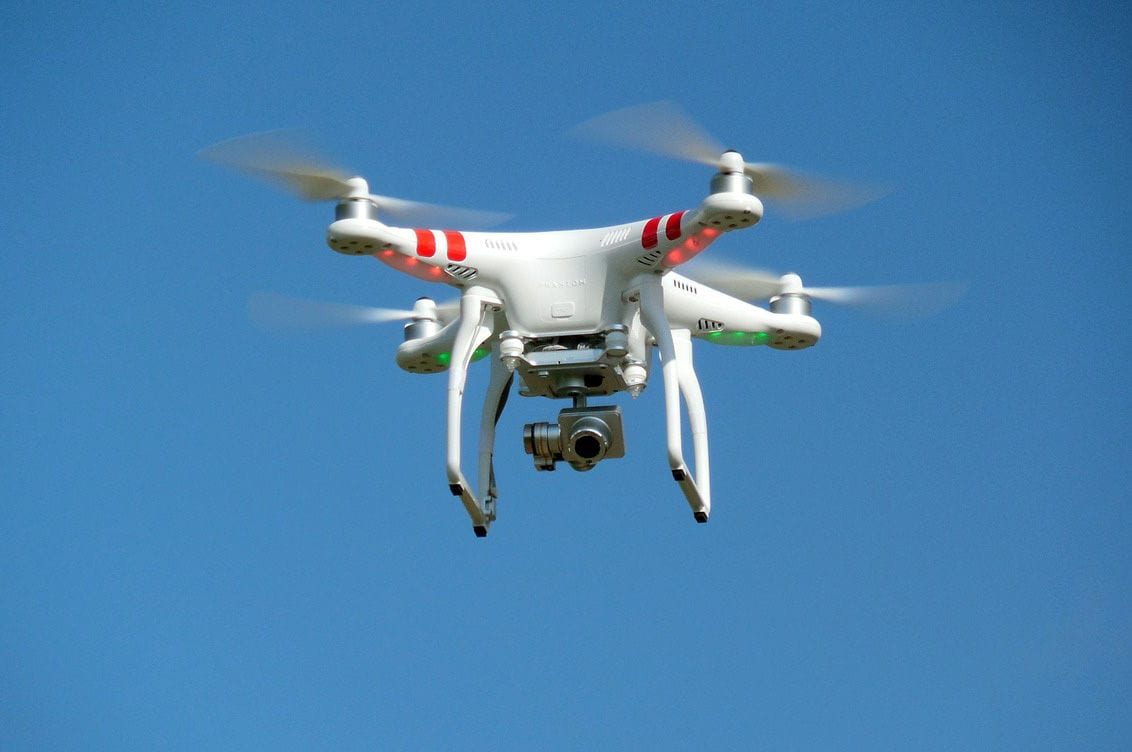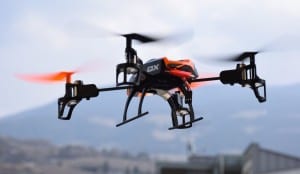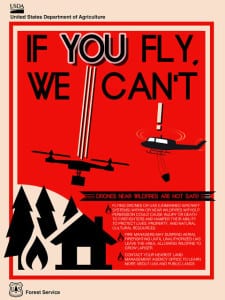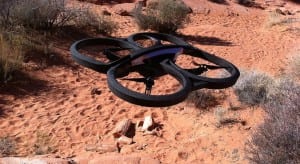
The use of small unmanned aerial vehicles—more commonly known as “drones”—is a rapidly growing field, with new pilots being drawn daily to the entrepreneurial opportunities and seemingly endless applications. Drones are being used by movie studios, real estate agents, wedding photographers and even soccer moms wanting to capture footage of their kids’ games because of the high definition, inexpensive pictures and video they provide. Even fast food restaurants have been experimenting with delivering food to remote areas with drones. However, given their popularity, drones have recently been at the forefront of controversy.
The good news and bad news about drones and the cause for controversy
Besides their myriad uses, drones are relatively inexpensive and can be bought over the Internet or even locally at some electronic stores or specialized drone stores. Drones can be easy to learn to fly and can stay aloft for up to 30 minutes on battery with an operating range of anywhere from a mile to a mile and a half.
That’s the good news.

The bad news for the Federal Aviation Agency, fire agencies, police agencies, and airport managers is that drones are a fairly new technology and because of their ease of procuring and use, can be flown by virtually anyone. Sometimes this is into areas and airspace they shouldn’t be in, occasionally putting others at risk.
When it comes to fire agencies, the Air Attack Supervisor for Great Basin Incident Management Team #4, Mike Melton, told The Independent that he thought drones were good so long as they were used in the right circumstances.
“Drones are cool things, emerging technology, but they have a place and a time,” Melton said. “Used in the wrong hands though, at the wrong time, private folks make it unsafe for firefighters. … Drones are a double edge sword. They can complicate things.”
An ad put out by the United States Department of Agriculture reinforces this idea and illustrates part of the drone controversy. The ad states: “If You Fly, We Can’t.” Flying d
the United States Department of Agriculture reinforces this idea and illustrates part of the drone controversy. The ad states: “If You Fly, We Can’t.” Flying drones in the fire environment can bring a halt to all air operations. The ad goes on to state that it “could cause injury and death to firefighters and hamper their ability to protect lives, property, and natural cultural resources.”
The Orange County Register in California reported that during at least five fires this summer—including the fire that swept across the freeway in San Bernardino—officials reported drones flying in the area that delayed firefighters. The air attack pilots are already dealing with winds, heavy smoke, heat, power lines and other dangers associated with the fire. Drones just add another danger.
“Folks need to realize by taking a peek at the fire from their personal drone, it could cost lives,” Melton said. “Not only to fire pilots observing and dropping retardant on the fire but also to civilians in the area by stopping air operations.”
Drones over crime scenes may be another possible issue adding to the controversy. Sgt. Sam Despain, the Public Information Officer with the St. George Police Department, said it hasn’t been an issue yet.
“it doesn’t mean that it couldn’t happen,” Despain said. “We haven’t had to enforce it, but each circumstance is different. If the drone compromises the safety of the officers at the scene it will become a problem.”
Despain said another question is why a drone would be over the scene in the first place.

“Could the drone operator be providing information to someone jeopardizing the officers on the ground? Perhaps telling the person where the officers are?”
St. George Regional Airport Manager Richard Stehmeier also told The Independent drones haven’t been an issue for the airport but said it could be due to the location.
“Drone pilots need to fly according to FAA regulations, five miles from the airport and below 400 feet,” Stehmeier said. “If they would like to fly closer to the airport, they need to contact the airport for permission.”
In an effort to address the drone controversy and remedy the situation, the FAA has partnered with several industry associations to promote a program called “Know Before You Fly,” a campaign to educate the public about using drones and other unmanned aircraft safely and responsibly.
According to the FAA website, individuals flying for hobby or recreation are strongly encouraged to follow safety guidelines, which include:
- Fly below 400 feet and remain clear of surrounding obstacles
- Keep the aircraft within visual line of sight at all times
- Remain well clear of and don’t interfere with manned aircraft operations
- Don’t fly within 5 miles of an airport unless you contact the airport and get permission
- Don’t fly near people or stadiums
- Don’t fly an aircraft that weighs more than 55 pounds
- Don’t be careless or reckless with your unmanned aircraft – you could be fined for endangering people or other aircraft
Another side to the drone controversy is whether they can be used for commercial purposes. Again, the FAA has weighed in on this issue, listing specific regulations and certification.
The FAA states: “Unless you are flying only for hobby or recreational purposes, you will need FAA authorization via a Section 333 grant of exemption to fly your unmanned aircraft system (UAS) for your business. This applies even if you are only flying to supplement or aide your business and not charging fees for doing so.”
The advantages of drone use
Given all these regulations and concerns, many drone operators are quick to point out the advantages of the technology. In certain instances, when flown within the FAA guidelines, they can save lives. In natural and man-made disasters, drones can be positioned to survey damage. For example, following a major earthquake, drones could be used to locate stranded and injured victims and deliver supplies to those victims. Some drones are capable of carrying a 21 pound payload.
Drones can support law enforcement by helping search for lost children, providing tactical surveillance and suspect tracking and assisting in accident investigation and monitoring large crowds.
They can streamline agriculture management. Using a crop management system, drones are used to observe, measure and respond to variability in individual plants. Farmers can target areas requiring attention.
Brady MacPherson—commercial pilot, flight instructor, and owner of DJI Stores in St. George, a supplier of commercial and recreational unmanned aerial vehicles—said he understood the concerns.
“I understand the importance of safety in the science and the technology of a new kind of aviation,” MacPherson said. “The technology is new, fresh, and intriguing to every age group from young to the retired.”
MacPherson called the FAA’s continued efforts to draft legislation for drones a “win-win situation.”
“It is senseless not to use one of these drones when they are available to us,” he said. “Never before have we been able to analyze airspace below 500 feet in populated areas.”




I see a future with more crazies with drone causing more problems than solving any. I certainly won’t deal with a company that uses drones “just to deliver my pizza or my Amazon purchase” more quickly. The idea of any fools being able to fly their drone over our properties and spy on us is ridiculous. Freedom is one thing. This is something else!